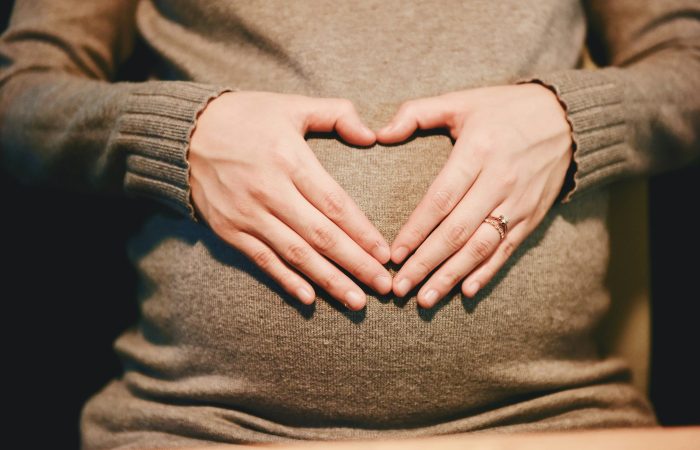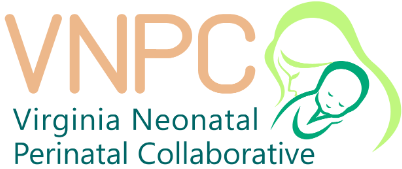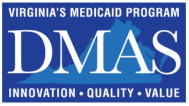Training
Supplies
Evidence
Use Cases
According to the American College of Obstetricians and Gynecologists, one percent of pregnant people report nonmedical use of opioids in pregnancy. The prevalence of opioid use disorder in pregnancy has increased more than four fold since 1999. Untreated opioid use disorder in pregnancy is associated with increased risk of several pregnancy complications, including preterm labor, intrauterine fetal demise (stillbirth), and neonatal opioid withdrawal syndrome (NOWS). NOWS describes a compilation of symptoms including neonatal irritability and poor feeding that occurs as a result of babies being exposed to opioids in utero and then losing that exposure after birth. It was estimated that one baby born every 15 minutes was affected by NOWS in January 2018.
As a result of the unique challenges faced by pregnant people with opioid use disorder, access to treatment and support are essential. Evidence supports that the use of medications for opioid use disorder (MOUD), including methadone and buprenorphine, is safe during pregnancy and is associated with improved maternal and fetal outcomes. One of the primary goals of MOUD in pregnancy includes reduction in cravings and withdrawal symptoms, which are associated with return to use, which is subsequently correlated with a lower risk of NOWS. In addition to MOUD, access to mental health services and social support is especially critical during pregnancy to help pregnant people achieve and sustain recovery. Despite evidence supporting the use of multidisciplinary care for OUD in pregnancy, data suggests that only about half of pregnant people with OUD are engaged in MOUD treatment and services, highlighting the need for further outreach and expansion of services.






